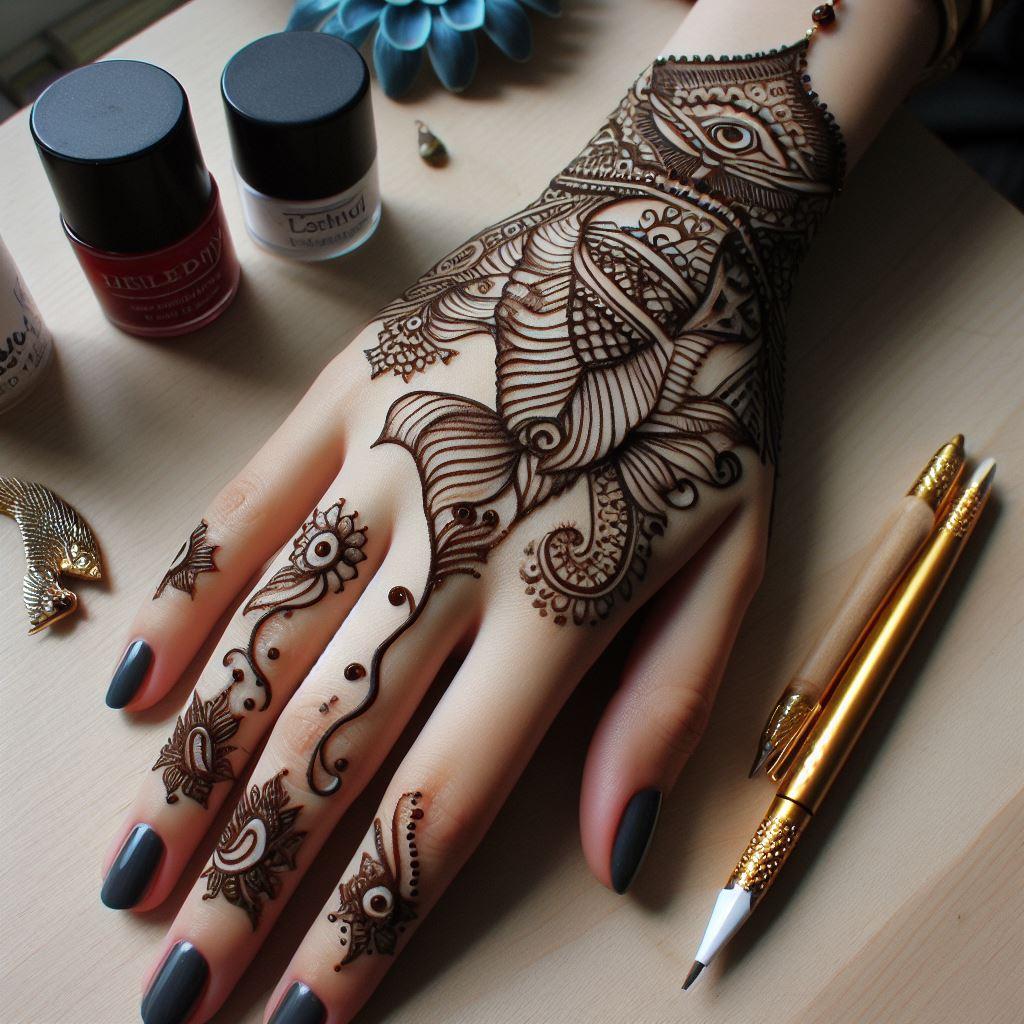The Story and Meaning Behind Traditional Short Hand Mehndi Designs
Origins of Short Hand Mehndi Designs
Traditional short hand mehndi designs, a form of henna art applied to the hands and feet, originate from South Asia, particularly India, thousands of years ago. It has been an integral part of many festivals and ceremonies, especially weddings. Over time, this art form has not only maintained its significance in Indian culture but has also spread across the world, becoming a part of many different cultural traditions.
Common Motifs in Short Hand Mehndi Designs
In short hand mehndi designs, popular motifs include flowers, leaves, animals, geometric shapes, and spiritual symbols. Each motif not only showcases beauty and drawing technique but also carries its own unique meaning. For example, the lotus flower represents purity and the soul, while the peacock symbolizes freedom and beauty.
The Popularity of Mehndi
The art of Mehndi has become popular worldwide not just for the beauty and spiritual significance it carries, but also for its flexibility in design and high degree of personalization. Mehndi is more than just body art; it is a medium for self-expression, creativity, and cultural connection.
Occasions Beyond Weddings
Besides weddings, short hand mehndi designs are used during many significant events such as Diwali, Eid, birthdays, and parties. In each occasion, mehndi not only beautifies women but also symbolizes good luck, happiness, and protection for them.
Meaning Behind Traditional Motifs
Traditional motifs in short hand mehndi designs carry a variety of meanings. For instance, the Hand of Fatima motif signifies protection and good fortune, while geometric shapes like squares, circles, and triangles represent balance, strength, and protection. Notably, symbolic patterns such as the footprints of a dove symbolize movement, progress, and embarking on new journeys. Each mehndi design is not just a beautiful piece of art but also a deep blessing conveyed to the recipient.

